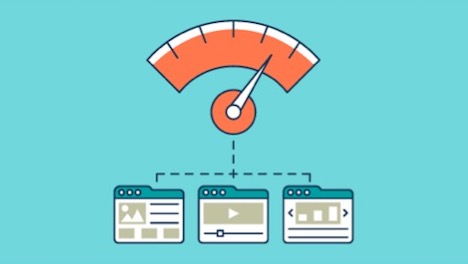

- IMAGE COMPRESSION SOFTWARE FOR WEBSITES HOW TO
- IMAGE COMPRESSION SOFTWARE FOR WEBSITES PORTABLE
- IMAGE COMPRESSION SOFTWARE FOR WEBSITES PLUS
This is the amount of space required to store the image on your server. The image file size is how big the actual file is (such as 92,461 KB). The image size (460px x 460px) is shown in the screenshot above. Important: Image file size and Image size are two different things. On this WooCommerce website, for example, the product images display at 460px x 460px. See how that can quickly turn into a pretty monstrous problem?īefore uploading any image to your website, first double-check the size that you’ll need. Multiply that process by the number of images you have on a single web page.
IMAGE COMPRESSION SOFTWARE FOR WEBSITES PLUS
The browser has to first load the original 3,000 pixel image, and then reload the image sized down to fit the area that it’s uploaded to.įor example: If the width of your website content is 800 pixels, your visitors’ browsers have to load the 3,000 pixel image plus the 800 pixel image. When you upload an image that’s 3,000 pixels wide to your product page, you’re making the browser work twice as hard.

For screenshots or images that don’t use a lot of different colors.

For smaller images such as logos or icons.For images with transparent backgrounds.JPEGs will be your best bet in most cases as they’re a good compromise between image quality and file size.Īs a good rule of thumb, here’s a breakdown of when to use each format. JPEGs, on the other hand, are lossy and degrade in quality each time you resave. PNGs are also non-lossy, meaning you can edit and save an image a dozen times over and the quality won’t degrade. JPEGs aren’t as good in the quality department, but their image file sizes are usually a lot smaller. In short, PNGs are better quality and allow for transparency, but their image file sizes are larger.
IMAGE COMPRESSION SOFTWARE FOR WEBSITES PORTABLE
The two most common image formats to use are Portable Network Graphics (PNG) and Joint Photographic Experts Group (JPEG or JPG). So where do you start? Step 1: Save your image in the correct format Lighter images lead to a faster site, happier customers, and more sales. That, in turn, impacts how long people stay on your site and how many of them convert. They’re some of the “heaviest” and most difficult files for a server to work with, and their size and quality can make or break your web performance. Images take up more space then any other part of a website, especially when it comes to online stores. One of the best places to start is by optimizing your images for web. So how do you speed up your online store?
IMAGE COMPRESSION SOFTWARE FOR WEBSITES HOW TO
There are a couple of free tools available online that will scan your site and give you a speed score, along with a step-by-step breakdown of the biggest problems and how to improve them. How can you find out the speed of your website? Website visitors aren’t waiting ages for a page to load, nor should they have to.


 0 kommentar(er)
0 kommentar(er)
